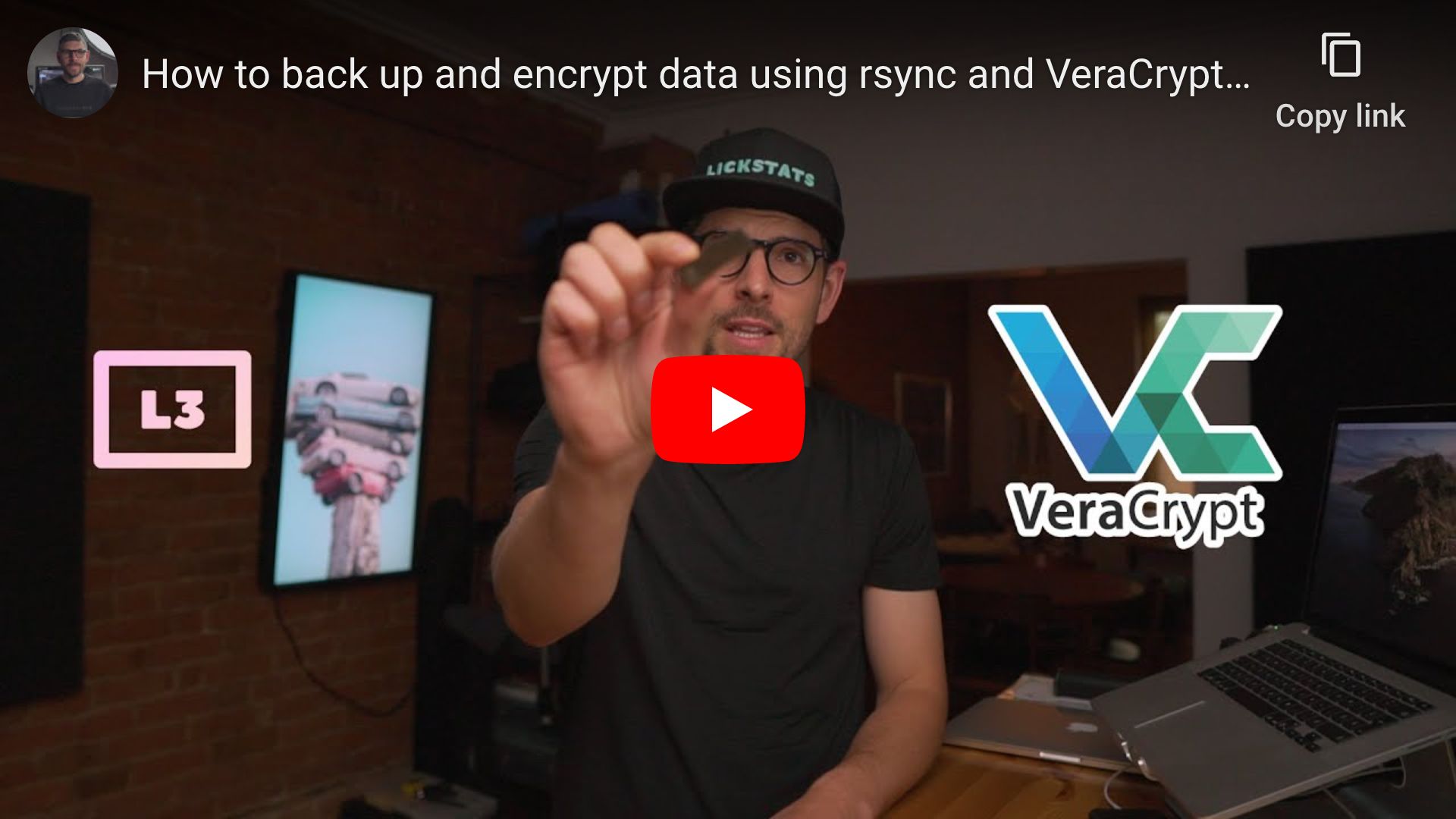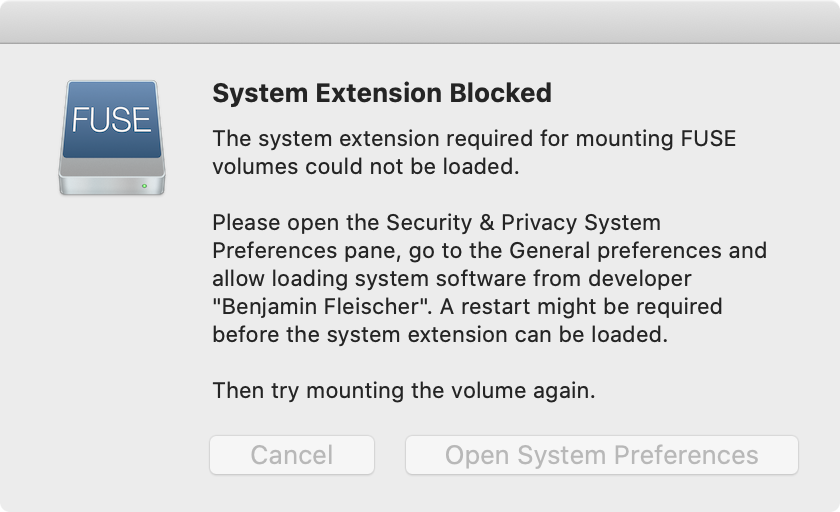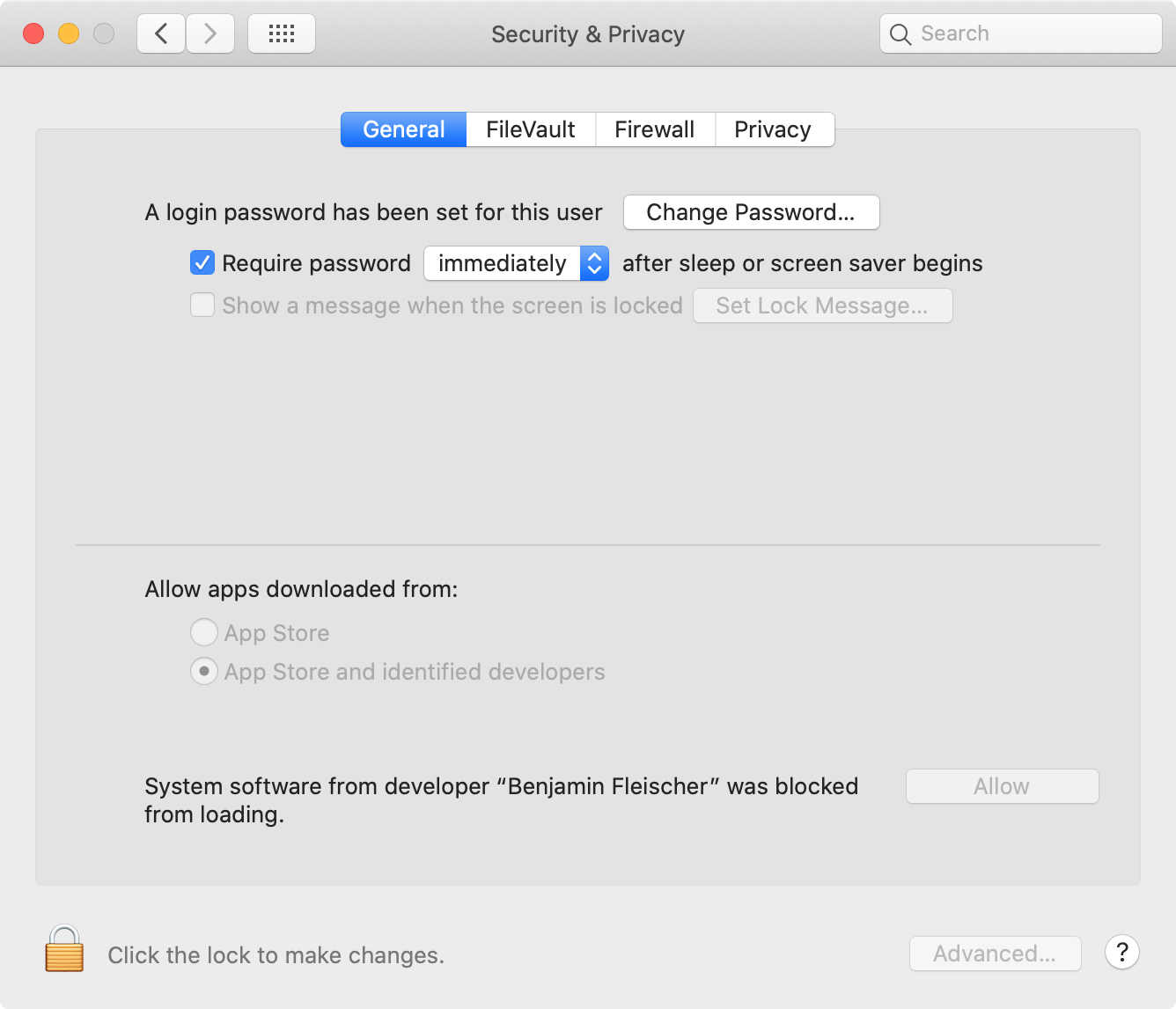10 KiB
How to back up and encrypt data using rsync and VeraCrypt on macOS
Heads-up: when using storage devices with wear-leveling (most flash storage devices), it is not possible to securely change password once it has been set (see Wear-Leveling).
Requirements
- Computer running macOS Catalina or Big Sur
- USB flash drive or SD card formatted using FAT (4GiB file size limit) or exFAT filesystem (see Journaling File Systems)
Caveats
- When copy/pasting commands that start with
$, strip out$as this character is not part of the command - When copy/pasting commands that start with
cat << "EOF", select all lines at once (fromcat << "EOF"toEOFinclusively) as they are part of the same (single) command
Setup guide
Step 1: install Homebrew
$ /bin/bash -c "$(curl -fsSL https://raw.githubusercontent.com/Homebrew/install/master/install.sh)"
$ uname -m | grep arm64 && echo 'export PATH=$PATH:/opt/homebrew/bin' >> ~/.zshrc && source ~/.zshrc
Step 2: disable Homebrew analytics
brew analytics off
Step 3: install FUSE for macOS and GnuPG
Heads-up: if
brew install --cask macfusefails, trybrew cask install macfuse(see issue).
brew install --cask macfuse
brew install gnupg
Step 4: import VeraCrypt’s public key
$ gpg --keyserver hkps://keys.openpgp.org --recv-keys 0x821ACD02680D16DE
gpg: key 0x821ACD02680D16DE: public key "VeraCrypt Team (2018 - Supersedes Key ID=0x54DDD393) <veracrypt@idrix.fr>" imported
gpg: Total number processed: 1
gpg: imported: 1
Step 5: download VeraCrypt
Go to https://www.veracrypt.fr/en/Downloads.html and download latest release and associated PGP signature to ~/Downloads folder.
Step 6: verify VeraCrypt release signature (learn how here)
Heads-up: replace
VeraCrypt_1.24-Update7with current release.
$ gpg --verify ~/Downloads/VeraCrypt_1.24-Update7.dmg.sig
gpg: assuming signed data in '/Users/sunknudsen/Downloads/VeraCrypt_1.24-Update7.dmg'
gpg: Signature made Sat 8 Aug 14:20:27 2020 EDT
gpg: using RSA key 5069A233D55A0EEB174A5FC3821ACD02680D16DE
gpg: Good signature from "VeraCrypt Team (2018 - Supersedes Key ID=0x54DDD393) <veracrypt@idrix.fr>" [unknown]
gpg: WARNING: This key is not certified with a trusted signature!
gpg: There is no indication that the signature belongs to the owner.
Primary key fingerprint: 5069 A233 D55A 0EEB 174A 5FC3 821A CD02 680D 16DE
Good signature
👍
Step 7: install VeraCrypt
Step 8: create and test VeraCrypt symlink
$ ln -s /Applications/VeraCrypt.app/Contents/MacOS/VeraCrypt /usr/local/bin/veracrypt
$ veracrypt --text --version
VeraCrypt 1.24-Update7
VeraCrypt 1.24-Update7
👍
Step 9: set backup volume path environment variable
BACKUP_VOLUME_PATH="/Volumes/Samsung BAR/backup"
Step 10: create encrypted volume
Heads-up: volume size cannot be increased later.
Heads-up: Mac OS Extended filesystem required on macOS.
$ veracrypt --text --create "$BACKUP_VOLUME_PATH"
Volume type:
1) Normal
2) Hidden
Select [1]:
Enter volume size (sizeK/size[M]/sizeG): 1G
Encryption Algorithm:
1) AES
2) Serpent
3) Twofish
4) Camellia
5) Kuznyechik
6) AES(Twofish)
7) AES(Twofish(Serpent))
8) Camellia(Kuznyechik)
9) Camellia(Serpent)
10) Kuznyechik(AES)
11) Kuznyechik(Serpent(Camellia))
12) Kuznyechik(Twofish)
13) Serpent(AES)
14) Serpent(Twofish(AES))
15) Twofish(Serpent)
Select [7]:
Hash algorithm:
1) SHA-512
2) Whirlpool
3) SHA-256
4) Streebog
Select [1]:
Filesystem:
1) None
2) FAT
3) Mac OS Extended
4) exFAT
5) APFS
Select [3]:
Enter password:
Re-enter password:
Enter PIM:
Enter keyfile path [none]:
Please type at least 320 randomly chosen characters and then press Enter:
Done: 100.000% Speed: 24 MiB/s Left: 0 s
Error: mount_macfuse: the file system is not available (1)
Heads-up: given “FUSE for macOS” is a third-party extension, macOS prevents using the extension without explicit user consent (granted by clicking “Allow” in “System Preferences” / “Privacy & Security”).
Heads-up: For users with the latest Apple Silicon Macs, you'll need to reboot your computer into Recovery Mode and use the Security Utility to allow kernel extensions. For detailed instructions, please refer to the Getting Started guide for macFUSE.
$ veracrypt --text --create "$BACKUP_VOLUME_PATH"
Volume type:
1) Normal
2) Hidden
Select [1]:
Enter volume size (sizeK/size[M]/sizeG): 1G
Encryption Algorithm:
1) AES
2) Serpent
3) Twofish
4) Camellia
5) Kuznyechik
6) AES(Twofish)
7) AES(Twofish(Serpent))
8) Camellia(Kuznyechik)
9) Camellia(Serpent)
10) Kuznyechik(AES)
11) Kuznyechik(Serpent(Camellia))
12) Kuznyechik(Twofish)
13) Serpent(AES)
14) Serpent(Twofish(AES))
15) Twofish(Serpent)
Select [7]:
Hash algorithm:
1) SHA-512
2) Whirlpool
3) SHA-256
4) Streebog
Select [1]:
Filesystem:
1) None
2) FAT
3) Mac OS Extended
4) exFAT
5) APFS
Select [3]:
Enter password:
Re-enter password:
Enter PIM:
Enter keyfile path [none]:
Please type at least 320 randomly chosen characters and then press Enter:
Done: 100.000% Speed: 24 MiB/s Left: 0 s
The VeraCrypt volume has been successfully created.
The VeraCrypt volume has been successfully created.
👍
Step 11 (optional): mount, rename and dismount encrypted volume
By default, VeraCrypt encrypted volumes with Mac OS Extended filesystem are named “untitled”.
Mount encrypted volume
$ veracrypt --text --mount --pim 0 --keyfiles "" --protect-hidden no "$BACKUP_VOLUME_PATH" /Volumes/Backup
Enter password for /Volumes/Samsung BAR/backup:
Rename encrypted volume
$ diskutil rename "untitled" "Backup"
Volume on disk3 renamed to Backup
Volume on disk3 renamed to Backup
👍
Dismount encrypted volume
veracrypt --text --dismount "$BACKUP_VOLUME_PATH"
Step 12: create /usr/local/bin/backup.sh script
cat << EOF > /usr/local/bin/backup.sh
#! /bin/sh
set -e
set -o pipefail
function dismount()
{
if [ -d "\$mount_point" ]; then
veracrypt --text --dismount "\$mount_point"
fi
}
trap dismount ERR INT
volume_path="$BACKUP_VOLUME_PATH"
mount_point="/Volumes/Backup"
veracrypt --text --mount --pim "0" --keyfiles "" --protect-hidden "no" "\$volume_path" "\$mount_point"
mkdir -p "\$mount_point/Versioning"
files=(
"$HOME/.gnupg"
"$HOME/.ssh"
"$HOME/Library/Keychains"
)
for file in "\${files[@]}"; do
rsync \\
-axRS \\
--backup \\
--backup-dir \\
"\$mount_point/Versioning" \\
--delete \\
--suffix="\$(date +".%F-%H%M%S")" \\
"\$file" \\
"\$mount_point"
done
if [ "\$(find "\$mount_point/Versioning" -type f -ctime +90)" != "" ]; then
printf "Do you wish to prune versions older than 90 days (y or n)? "
read -r answer
if [ "\$answer" = "y" ]; then
find "\$mount_point/Versioning" -type f -ctime +90 -delete
find "\$mount_point/Versioning" -type d -empty -delete
fi
fi
open "\$mount_point"
printf "Inspect backup and press enter"
read -r answer
dismount
printf "Generate hash (y or n)? "
read -r answer
if [ "\$answer" = "y" ]; then
openssl dgst -sha512 "\$volume_path"
fi
printf "%s\n" "Done"
EOF
chmod +x /usr/local/bin/backup.sh
Step 13: edit /usr/local/bin/backup.sh script
vi /usr/local/bin/backup.sh
Press i to enter insert mode, edit backup script, press esc to exit insert mode and press shift+z+z to save and exit.
Step 14: create /usr/local/bin/check.sh script
cat << EOF > /usr/local/bin/check.sh
#! /bin/sh
set -e
set -o pipefail
red=\$(tput setaf 1)
normal=\$(tput sgr0)
printf "Backup hash: "
read -r previous
current=\$(openssl dgst -sha512 "$BACKUP_VOLUME_PATH")
if [ "\$current" != "\$previous" ]; then
printf "\$red%s\$normal\n" "Integrity check failed"
exit 1
fi
printf "%s\n" "OK"
EOF
chmod +x /usr/local/bin/check.sh
Step 15: create /usr/local/bin/restore.sh script
cat << EOF > /usr/local/bin/restore.sh
#! /bin/sh
set -e
function dismount()
{
if [ -d "\$mount_point" ]; then
veracrypt --text --dismount "\$mount_point"
fi
}
trap dismount ERR INT
volume_path="$BACKUP_VOLUME_PATH"
mount_point="/Volumes/Backup"
veracrypt --text --mount --mount-options "readonly" --pim "0" --keyfiles "" --protect-hidden "no" "\$volume_path" "\$mount_point"
open "\$mount_point"
printf "Restore data and press enter"
read -r answer
dismount
printf "%s\n" "Done"
EOF
chmod +x /usr/local/bin/restore.sh
👍
Usage guide
Backup
Heads-up: store hash in safe place such as password manager (not on same device as backup).
$ backup.sh
Enter password for /Volumes/Samsung BAR/backup:
Inspect backup and press enter
Generate hash (y or n)? y
SHA512(/Volumes/Samsung BAR/backup)= 281a3b0afec6708eff9566effdfa67de357933527688dfa2dfabae5dda5b7681f0fb84f6cfec6c3f7ac20246517f18f40babbd4f337b254a55de30ff67d6dd2e
Done
Done
👍
Check
$ check.sh
Backup hash: SHA512(/Volumes/Samsung BAR/backup)= 281a3b0afec6708eff9566effdfa67de357933527688dfa2dfabae5dda5b7681f0fb84f6cfec6c3f7ac20246517f18f40babbd4f337b254a55de30ff67d6dd2e
OK
OK
👍
Restore
$ restore.sh
Enter password for /Volumes/Samsung BAR/backup:
Restore data and press enter
Done
Done
👍


